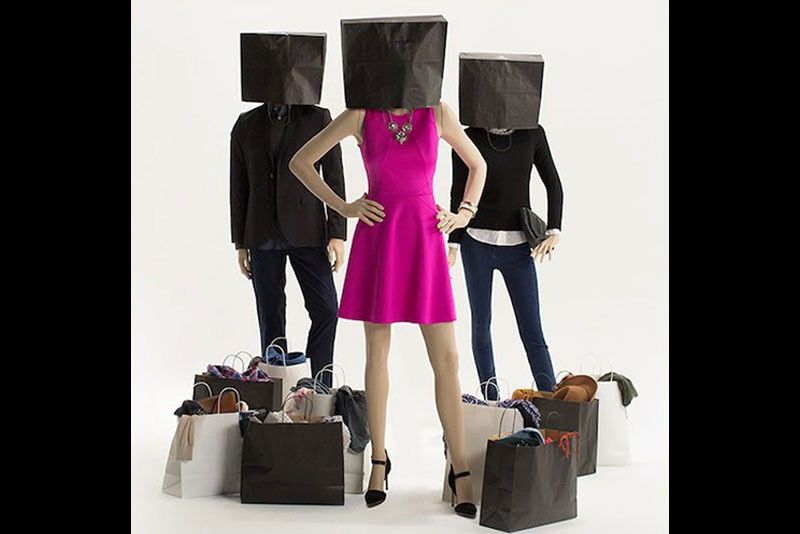When the cheapest costs the most

MANILA, Philippines - Nothing in life is free. Some people might take that metaphorically, but it’s literally true. Business school taught me that samples, free facials and discounted products can fall under marketing costs, which is still essentially a company expense. Everything costs something — though not always monetary — and some cost even more than what we actually pay for.
This is what Fashion Revolution wants to shed a light on. Every year, the UK-based organization holds a Fashion Revolution week in over 90 countries hoping to raise awareness of unfair labor conditions in the garment and textile industry. The year’s event kicked off last April 24 and the hightlight was the screening of The True Cost, a 2015 documentary telling the stories of many low-paid factory workers behind our clothes.
The movie exposes a lot of dirty realities behind the fashion industry. People in Bangladesh and India, among many others, are forced to work in extreme labor conditions. From low incomes to toxic environments to violent employers, hundreds of thousands of workers are suffering just for us to buy cheap clothing. According to the movie, one of the things that shook the fashion industry was the collapse of the Rana Plaza in Bangladesh four years ago. The incident killed over 1,000 workers and injured approximately 2,500 more. Major media outlets started talking about the unjust labor condition, but it eventually fizzled as soon as the next trendy clothing piece emerged from the seams.
I used to enjoy a good sale as much as the next person. There was a time last year when I “prepared” for my year of minimalism, and hoarded all the essential clothing I thought my closet needed. I reaped the benefits of the Black Friday sale, and looking back, I couldn’t help but feel disgusted.
Our lives are driven by a series of wants and needs. We convince ourselves that we can’t live without that crisp white shirt we saw a few minutes ago, but in reality, we already existed years before we even encountered it. How’s today any different? How many pieces of clothing do we really need to live life to the fullest? Our shopping decisions shouldn’t just involve choosing which pair of mules will look best with our predetermined outfit combinations. When we purchase a piece of clothing, we’re already responsible for the environmental and social burden that it has already caused the Earth.
“We really believe that consumers have the power to change the world with their voices. We create the demand so we have a huge voice in making change,” says Hannah Theisen, events coordinator for Fashion Revolution Philippines. It may sound cheesy but real change must come from us. If we want our voices heard — and it’s almost criminal not to do so — we need to start buying better, and buying less.
Someone might say, “You’re taking away their livelihood by limiting your purchases!” This isn’t about quantity, ma’am. A plain white tee isn’t exactly artisanal but someone devoted their time and effort to manufacturing that item. It’s about time we became mindful about our fashion choices, and thank the KonMari method for serving as everyone’s minimalism gateway drug.
Asking yourself “Does this spark joy?” over and over again may seem laughable, but it’s the least we can do to respect the hard labor that helped bring that item into existence. Think about it: if it doesn’t bring you joy, then why the hell did you buy it in the first place? We are living in a world where trends control everything and the items in our closets change as the season goes.
“An average person already gets rid of 65 pounds of textiles in the landfill,” Theisen shares. “We certainly don’t want to encourage people to clean up their wardrobe and then dump all the old clothes that they don’t want because that defeats the purpose.”
Seeing YouTube haul videos, and closet cleanup videos shown side by side with images of factory workers suffering inhumane conditions nauseated me. We are showing the future generations that we take our belongings for granted just because they only cost a few hundred pesos. Fashion isn’t supposed to be disposable. If anything, we need to appreciate the cheaper items more because someone was probably paid so very little for making them.
They say nothing in life is free, and we need to start making fashion decisions as if our lives — and many others’ — depend on it. Why? Because they really do.















